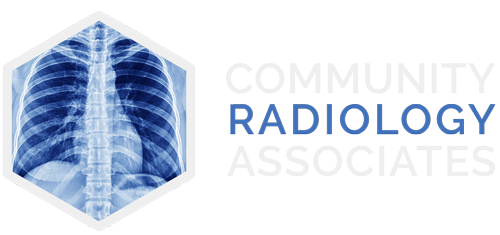|
Policy/Procedure Title |
Contrast Extravasation For Outpatients | Manual Location | Diagnostic Imaging | |||
| Policy/Procedure # | P146 | Effective | 11/2006 | Page | 1 of 2 | |
| Department Generating Policy | Department of Diagnostic Imaging | |||||
| Affected Departments | ||||||
| Prepared By | Darlene May | Dept/Title | Imaging Director | |||
| Dept / Committee Approval | Date/Title | |||||
| Dept / Committee Approval | Date/Title | |||||
| Dept / Committee Approval | Date/Title | |||||
| Medical Staff Approval | Date/Title | |||||
| Board Approval | Date/Title | |||||
Purpose : To ensure the proper treatment, recognition, and safety of the patient when administering IV contrast for outpatients..
Policy: To recognize, and successfully treat extravasation injuries from contrast injections. Extravasation of contrast can cause serious soft tissue loss and scarring around nerves.
Procedure: The following factors and procedures listed below have been created for the safety of our patients.
Prevention: The position, size and age of the venipuncture site are the factors, which have the greatest impact on problems likely to occur. However, if the following factors listed below are noted, the likelihood of extravasation is reduced.
- To ensure patency of a peripheral IV site, it is best to administer contrast through a recent IV site.
- Assess the site for signs of redness or swelling
- Verify patency of the site by injecting saline prior to administration of contrast. If there are any doubts, stop and investigate.
- Tell patient the injection should not hurt or burn. Ask the patient to report any sensations of burning or pain at the site. Tell patient to wave opposite arm and inform them these is a speaker in the gantry so the can verbally request help. There is a speaker in the gantry so the can verbally request help.
- Administer the contrast slowly unless the study is a bolus examination, which requires the contrast to be administered at a rapid rate.
- Document the location of the IV site and the patient’s response.
- Power Injector Usage: Mediports, PICC lines, and Central lines will not be used unless approved by the radiologist and the manufacturer approves them for use. No unmonitored power injections can be administered in the hand/wrist. Power injections can be performed from the antecubital fossa or discussed with the Radiologist before initiating.
Recognition: Extravasations should be suspected when:
- The patient complains of burning, pain, or any other symptom at or around the injection site. The patient is usually the first person to become aware something is wrong with their injection. The reason will be explained, in a comforting fashion, which will convey the need for patient’s input and participation. The technologist will give reassurance, if any contrast leakage has occurred, that it will not cause serious problems if the injection is promptly stopped. Patients who are unable to communicate will be monitored closely. The technologist will initiate an incident report, which will be sent to Risk Management.
- Erythema and venous discolorization or swelling is present at the IV site.
- No blood return is obtained. A lack of blood return from the cannula is a common sign that extravasation has occurred or the cannula isn’t in the vein and has been displaced. The bevel of the needle can penetrate the vein wall during venipuncture, allowing the contrast to be dispersed into the soft tissue while the lumen of the needle remains in the blood vessel.
- Increased resistance to the administration. The patient’s body will be readjusted, IE: bending of arm. If resistance is still present, it is more than likely the first sign of a extravasation.
Treatment:
There is no clear consensus regarding the most effective treatment for contrast medium extravasation. The following represent generally recommended guidelines:
- Elevation the effected extremity above the level of the heart.
- Cold compress.
- At the discretion of the technologist, a member of the medical or nursing staff will be notified for any outpatients who have suffered a low volume (LESS than 50 cc’s) of contrast medium extravasation.The patient will be released from the Radiology department after a member of the medical staff or nursing staff or the technologist see no further treatment option is necessary. If the extravasated volume is GREATER than 50 cc’s, follow protocol listed in item 6.
- All extravasation events whether major or minor and their treatments will be documented on the patients requisition and the referring physician will be notified.
- A member of the radiology department will make the follow up call to evaluate the patient.
- Surgical consultation should be considered for extravasation of 100cc or more of non-ionic contrast, although extravasation in smaller areas, such as the wrist, ankle or dorsum of the hand may require surgical consultation for small amounts. An immediate surgical consultation is indicated for any patient in which one or more of the following signs or symptoms develop:
- Increased swelling or pain after 2-4 hours.
- Change in sensation of the limb.
- Skin ulceration or blistering.
- Signs of venous stasis.
Reference material for this policy is from the American College of Radiology.
Review and Revision Log
| Reviews: | 1st | 2nd | 3rd | 4th | 5th |
| Date: | 11-2006 | ||||
| By: | Darlene May | ||||
| Revisions: | 1st | 2nd | 3rd | 4th | 5th |
| Date: | |||||
| By: |
